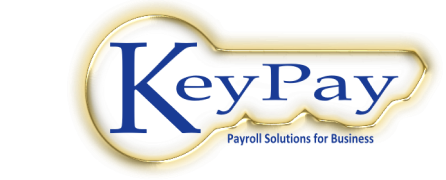Update Regularly
One of the best methods of protection is to ensure that all security updates are installed as soon as they become available. This includes both the operating system and installed applications that run under it. Over time some applications reach their end of life and become less essential or insecure and newer and superior versions replace them. Many updates are involved in some way with enhancing web browsing or the browser itself. This is because the browser is our main connection to the internet where most threats originate. In particular, Adobe Flash has been a regular source of infection and an ongoing source of vulnerabilities and its functionality is now built into the HTML 5 language used in modern browsers, so unless you have a specific need you should uninstall it. Web sites themselves are now converting their video to HTML5.
Antivirus Software
Antivirus software has for many years been considered mandatory, however operating system security has since improved considerably and recent research has found that a number of AV programs are themselves vulnerable to malware and have been proved to be the route of infection and also tracking user's browsing history and selling this information. AV programs need to have full and initial access to anything arriving at the border of the computer. To do this they must create hooks into the very secure areas of the operating system and these are the very hooks that malware also desire. Microsoft, with its Windows 10 has made it very difficult for third party AV software to create such hooks and will actively remove AV software that is not current and replace it with its own. As Microsoft has full control of both the O.S and its own AV, it can produce a more secure and stable implementation than can third parties and with Windows 10 its built in to the OS. A version is available for all supported versions of Windows. It is completely free, gets regular updates, and goes under names such as Windows Defender or Security Essentials depending on the actual version of Windows. It is what we at KeyPay use.
However, AV is still an ambulance at the bottom of the cliff approach and many experts now agree that many are better off without third party anti-virus at all. AV is a performance killer and can often increase loading times of programs and files considerably. At times we have observed a 20 second improvement when real-time scanning is disabled, even with Microsoft's own AV. You can make your own choice about it, but ask yourself how often does your AV actually find and report something and is it worth the performance hit? Try disabling real-time scanning and see if you notice a difference.
Of course, if you regularly connect to other networks or share files via removable media, or download from possibly untrusted sources, it makes sense to scan these before opening any files they may contain. One could turn off automatic scanning and do it manually when such media is inserted.
The golden rule these days is just don't install anything offered by any website, period. By this we mean fonts, updates, time fixes, machine slow, anything offered by "clicking here" etc. This does not mean you shouldn't download, install, or update from sites that make them available. For example, if a new version of java or similar update is being pushed as necessary while browsing, ignore and instead visit the official Java site run by Oracle and install from there. The important difference is that you are actively looking, rather than accepting something being pushed, which maybe OK, but brings along who knows what with it.
Old and Unused Programs
Uninstall any programs and features that you don't or rarely need. Often these are not being updated and there maybe new programs that are superior. The more apps and programs installed the greater the security risk and the slower your computer becomes. A quick check is to search for and run a program called msconfig. This shows programs, services and start-ups for your computer. Its worth checking the general, startup and services tabs for items that are not needed or can be disabled.
Most users are rather surprised at how many things in start-up that they had no idea about and don't really want. There is a very handy General tab which allows one to start without any startups or services or just use a selection. Try booting without auto-starting programs and see if you notice a speed difference.
Turning off all services will likely upset screen resolution and disable printers, but is a useful diagnostic if one is getting boot errors generated by a bad driver or service. Use some caution about permanently disabling specific services unless you know what they do or can prove they are a problem. (Google therm first!) Services from Microsoft are best left alone and these can be hidden from the list with a tick box.
Some start-up programs simply pre-load much of a larger program, such as Office, to allow it to appear quickly when opening a document, but one must ask how often you use it. If it takes 20 seconds to preload and saves that time for a document to open, its probably worth it. But if you only open such a document once a month it could save 10 minutes over the month in computer start-up time.
Generally start-up programs are not essential. These may just be checking for updates or monitoring a device status, such as printer ink level, mouse battery state, modem monitor. Its up to you to test these to see how important they are and turn them back on if still needed.
